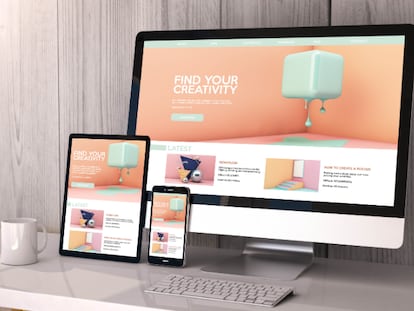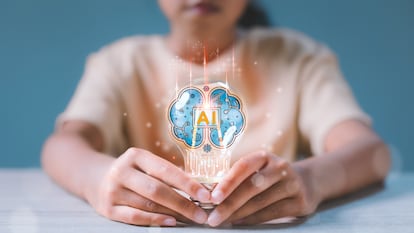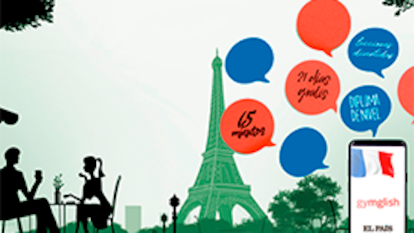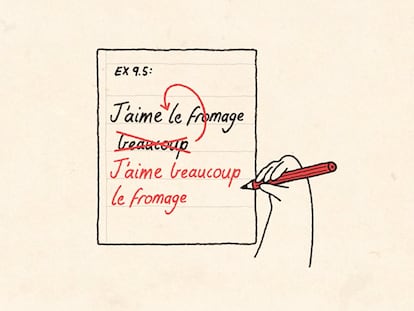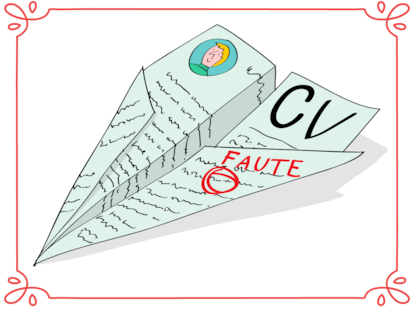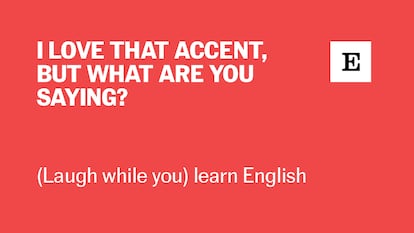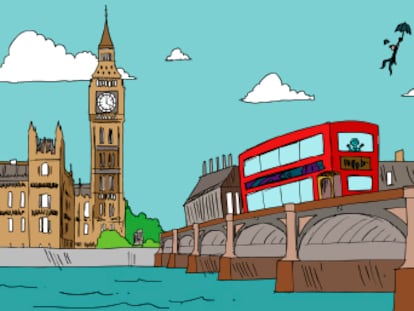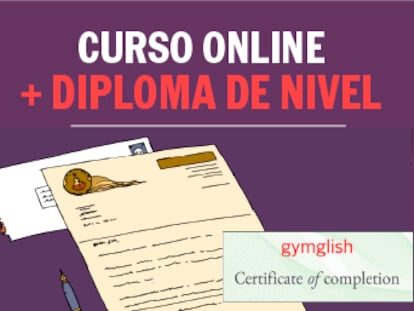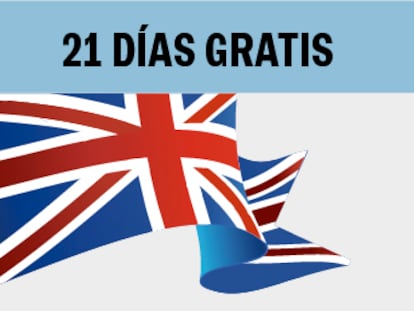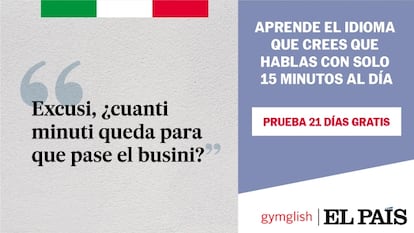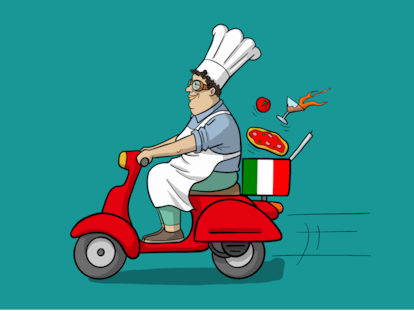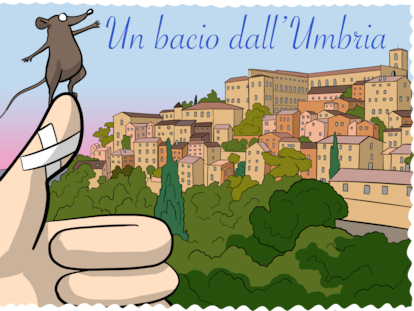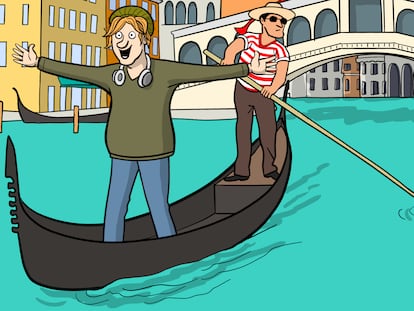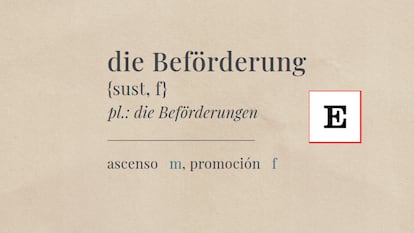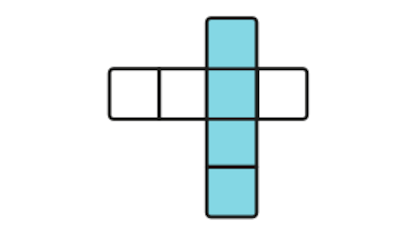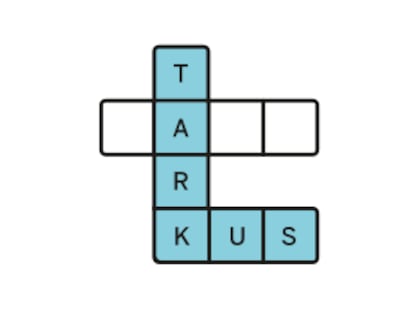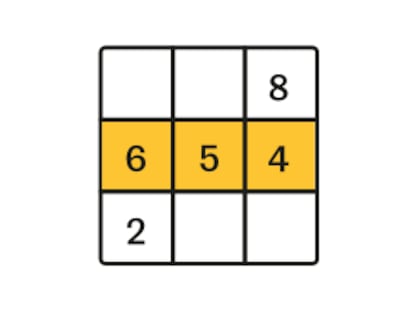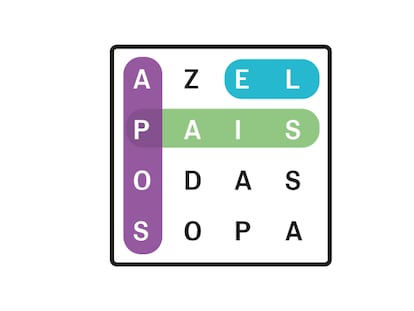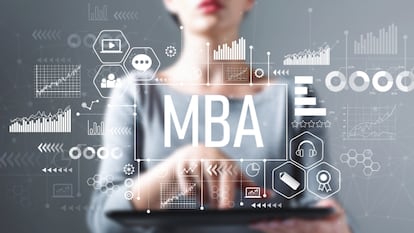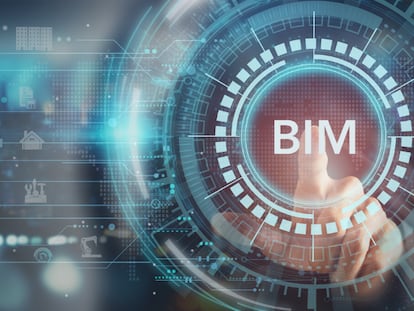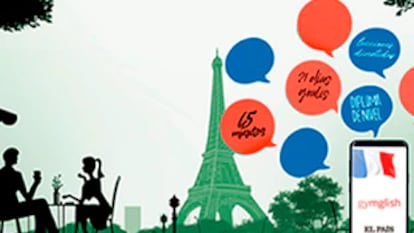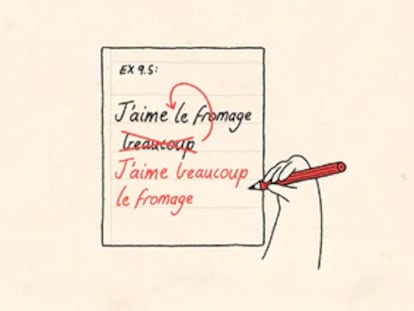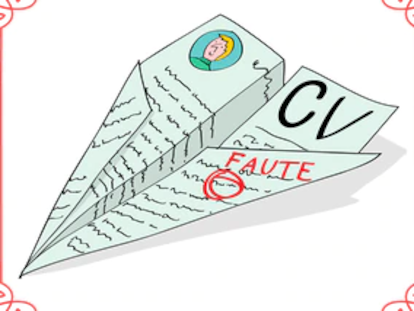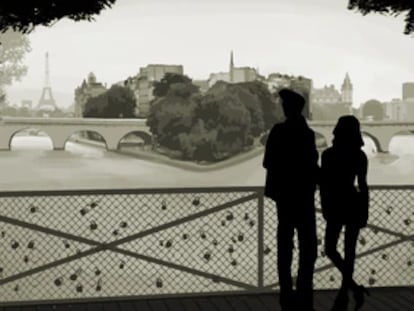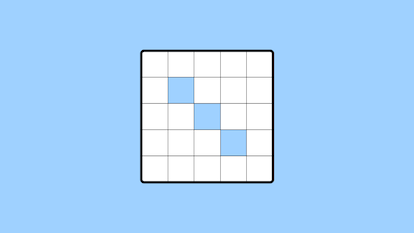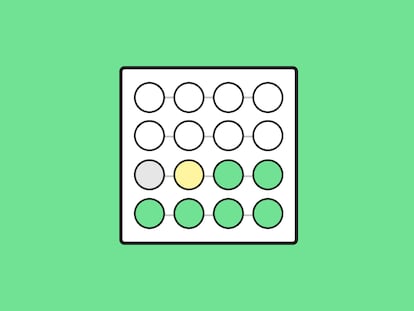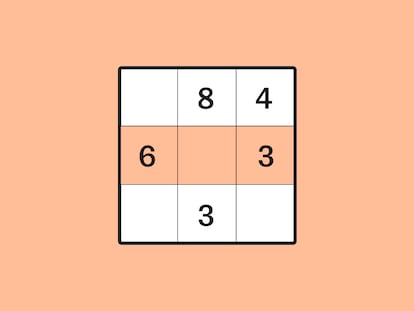Why ChatGPT’s Ghibli image craze isn’t just another meme
OpenAI says that demand for its tool, which can recreate photos in the style of this Japanese studio, has exceeded all its expectations
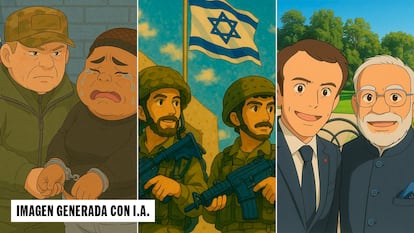
OpenAI announced on Tuesday that its new image-generation tool is now available to all users, not just paying subscribers. Just a week after its launch, the tool has already become synonymous with one particular aesthetic: the iconic style of Japan’s Studio Ghibli.
Millions of users have used the new tool to recreate family photos and historical images in the distinctive look of Hayao Miyazaki’s legendary studio. Instructions for generating these Ghibli-style memes have even spread among people who don’t usually engage in AI art.
Just go to https://t.co/PmhcZCkK89 and upload your photo with this prompt: "convert this photo to studio ghibli style anime"
— Chris Anderson (@chr1sa) March 27, 2025
While AI-generated images had their moment of glory even before the arrival of ChatGPT, they now seem to be reaching an even wider audience. Over the past 12 months, ChatGPT usage has surged to an all-time high, according to Google Trends. For comparison, here’s how it stacks up against Grok, the AI chatbot developed by X, which also saw a notable spike in interest this week
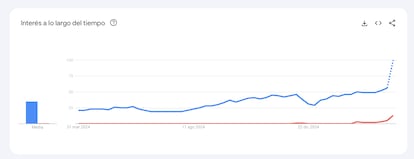
Sam Altman, co-founder of OpenAI, said he’d never seen such demand, saying users were flooding into the app by the millions. That might not sound too dramatic, considering the chatbot already boasts 700 million monthly users, according to Altman himself. But gaining a million users “in an hour” is still staggering.
So, what happened? It’s hard to come up on a single answer, but here are a few possibilities.
the chatgpt launch 26 months ago was one of the craziest viral moments i'd ever seen, and we added one million users in five days.
— Sam Altman (@sama) March 31, 2025
we added one million users in the last hour.
1. The images are undoubtedly better
This was a Ghibli-inspired image generated by another AI in 2022:
🤖 Here's your AI-generated image!
— Miguel Piedrafita ✨ (@m1guelpf) September 13, 2022
Prompt: "Egyptian pharaoh seated on a throne and under a banner, Ghibli studio’s Totoro style" pic.twitter.com/b2wsbm1ML6
Here’s an example of a higher-quality image — though it likely required a great deal of effort at the time:
A few more Studio Ghibli SF images from stable diffusion. I find the Ghibli-style warm colors gorgeous. pic.twitter.com/L3vpyNNsCd
— Sharif Shameem (@sharifshameem) August 27, 2022
Now, however, 700 million users can create such an image with just a click. That changes everything. It’s no longer just about spotting AI-generated images. Ghibli is just one example of what the tool can do, but for some reason, Altman himself chose that style to announce its launch.
this was a real labor of love from @gabeeegoooh. congrats gabe; excellent work!
— Sam Altman (@sama) March 25, 2025
here is what we generated during the livestream: pic.twitter.com/fmHWp4d9AF
Why is this more than just another meme? First, because it has gone beyond a mere viral trend. It’s no longer just about sharing an image — millions of anonymous users are now generating their own family photos in the Ghibli style. And, of course, celebrities, politicians, and even military forces have joined in.
We thought we’d also hop on the Ghibli trend. pic.twitter.com/fdmUfn3o4o
— Israel Defense Forces (@IDF) March 30, 2025
In Spain, Antonio Ortiz, a technology analyst at Error500, was one of the first to make a Ghibli meme go viral: “Is this just a trendy meme, or does it show the power of something bigger? I’d say both,” he says. “As a meme, it’s obviously going to have a short lifespan. However, technological advancement goes much further. What OpenAI has brought to the table is different from the traditional image generation models we’ve had until now. It significantly raises the bar when it comes to understanding your intentions and working with the semantics of what’s inside the image.”
no puedo parar de crear pic.twitter.com/DGqrFWqkeJ
— Antonio Ortiz (@antonello) March 26, 2025
The real question is whether this meme, after so much repetition, will impact the brand itself. Will we still see Totoro or Chihiro the same way now that we know AI can so easily replicate them?
2. And what about copyright?
Sam Altman’s current avatar on X is an AI-generated Ghibli-style image. While a visual style isn’t protected in the same way as individual works, OpenAI’s casual use of it has sparked debate — one that’s often overtaken by new and increasingly sophisticated images.
OpenAI must be well aware that Japanese copyright laws are laxer. To replicate Ghibli’s signature aesthetic, there’s little doubt that OpenAI used images from Studio Ghibli films. That “could open them to a copyright infringement lawsuit,” writes Andrés Guadamuz, an intellectual property professor at the University of Sussex, on his blog. “But this would not be as open a case as many on social media are stating. Assuming that Studio Ghibli would sue in Japan, the first hurdle would be that Japanese copyright law has a broad text and data mining exception that would appear to allow this type of training for commercial purposes.”
Not only that: there is an enormous number of Ghibli images available online. “There is a reason why the Studio Ghibli content is so easy to reproduce, and it is because it is to be found all over the web, screenshot after screenshot in forums, GIFs on social media, etc. We are the infringers. We are the ones providing the inputs. There are three decades of Ghibli content to be found online,” Guadamuz adds.
3. Human melancholy
OpenAI is already embroiled in other legal battles over intellectual property. But beyond the legal implications, this meme — and its near-perfect execution — points to something bigger: AI means business, serious business. It’s hard to shake off that creeping melancholy.
AI researcher Ethan Mollick captures this sentiment every time another symbolic milestone is reached: “I’ve grown not to entirely trust people who are not at least slightly demoralized by some of the more recent AI achievements.”
An evergreen tweet as you watch the reactions to the Studio Ghibli trend here. Something is gained, perhaps, but also something is lost. https://t.co/2AISHqRtYB
— Ethan Mollick (@emollick) March 27, 2025
Designer and founder of the Mendesaltaren studio, Danny Saltarén, shared a long message about Ghibli on X, which also expressed concern for humanity in the face of the relentless advance of AI.
“All — and when I say all, I mean all — references are now available for anyone to alter," he later explained to EL PAÍS. “This means anyone can generate or create. The problem remains the same: very few people have good references or taste. Now, we will have a world full of things that are without soul, without substance, but that are prettier. A world where bad taste becomes the norm,”
In his message on X, he tried to explain how human labor might still be needed: “Now everything is better, yes, but also more standard. More correct. And more boring. We ask ChatGPT not to fail. Soon, we will ask it to fail. Randomly. So that we are not caught out. So that no one notices that we stopped creating and started imitating. To deceive. To pretend that we are still capable. When in reality, we are only capable of asking. Asking a machine to be more human than we are,” he wrote.
A year ago, YouTuber DamiLee posed a question: “Why Studio Ghibli movies can’t be made with AI?” On Monday, one user commented: “This video didn’t age well.” To which DamiLee replied: “What do you mean by that? Do you think that generating images in the Ghibli ‘style’ is equivalent to creating a Ghibli film? And do you think the images can capture the ‘soul’ of Ghibli movies? Genuinely curious.”
You don’t have to be a Ghibli film expert to distinguish a real scene from a movie from an AI imitation:
It was interesting to compare the detail of Miyazaki's scene on the left (which took a Studio Ghibli animator 15 months) vs. ChatGPT's version on the right (which took me ~30 seconds). Tells us a lot about AI vs. human art. https://t.co/SknV9kLI0A pic.twitter.com/zGfFO3E2rv
— Erik Hoel (@erikphoel) March 27, 2025
It’s likely that AI will achieve that level of detail in a single frame. But the rest of the film will still be missing.
“Why Ghibli is still surviving until now? Because we have chosen opposite position to the trend,” said Hayao Miyazaki. “I have never thought to dominate the market or win the competition. It is easier if things going to just one way. Because we can go the opposite way. If you don’t have this attitude, it would be impossible to catch up this moody trend and huge mass-consumption society.”
Sign up for our weekly newsletter to get more English-language news coverage from EL PAÍS USA Edition
Tu suscripción se está usando en otro dispositivo
¿Quieres añadir otro usuario a tu suscripción?
Si continúas leyendo en este dispositivo, no se podrá leer en el otro.
FlechaTu suscripción se está usando en otro dispositivo y solo puedes acceder a EL PAÍS desde un dispositivo a la vez.
Si quieres compartir tu cuenta, cambia tu suscripción a la modalidad Premium, así podrás añadir otro usuario. Cada uno accederá con su propia cuenta de email, lo que os permitirá personalizar vuestra experiencia en EL PAÍS.
¿Tienes una suscripción de empresa? Accede aquí para contratar más cuentas.
En el caso de no saber quién está usando tu cuenta, te recomendamos cambiar tu contraseña aquí.
Si decides continuar compartiendo tu cuenta, este mensaje se mostrará en tu dispositivo y en el de la otra persona que está usando tu cuenta de forma indefinida, afectando a tu experiencia de lectura. Puedes consultar aquí los términos y condiciones de la suscripción digital.
More information
Archived In
Últimas noticias
The day the creator of Tetris met the inventor of the Rubik’s Cube: ‘We have to look for entertainment that challenges us’
North Korea, the latest stage in the Russian indoctrination of Ukrainian children
Emily Goligoski, researcher: ‘I have a policy for the use of devices in class. How can I compete against dopamine while teaching some theory?’
‘Sextette’: The story of Mae West’s final madcap movie
Most viewed
- The number of international tourists going to the US is decreasing, with one exception: Mexico
- Cartels in Mexico take a leap forward with narco-drones: ‘It is criminal groups that are leading the innovation race’
- A mountaineer, accused of manslaughter for the death of his partner during a climb: He silenced his phone and refused a helicopter rescue
- Belle da Costa, the woman who concealed her origins in 1905 and ended up running New York’s most legendary library
- Liset Menéndez de la Prida, neuroscientist: ‘It’s not normal to constantly seek pleasure; it’s important to be bored, to be calm’





